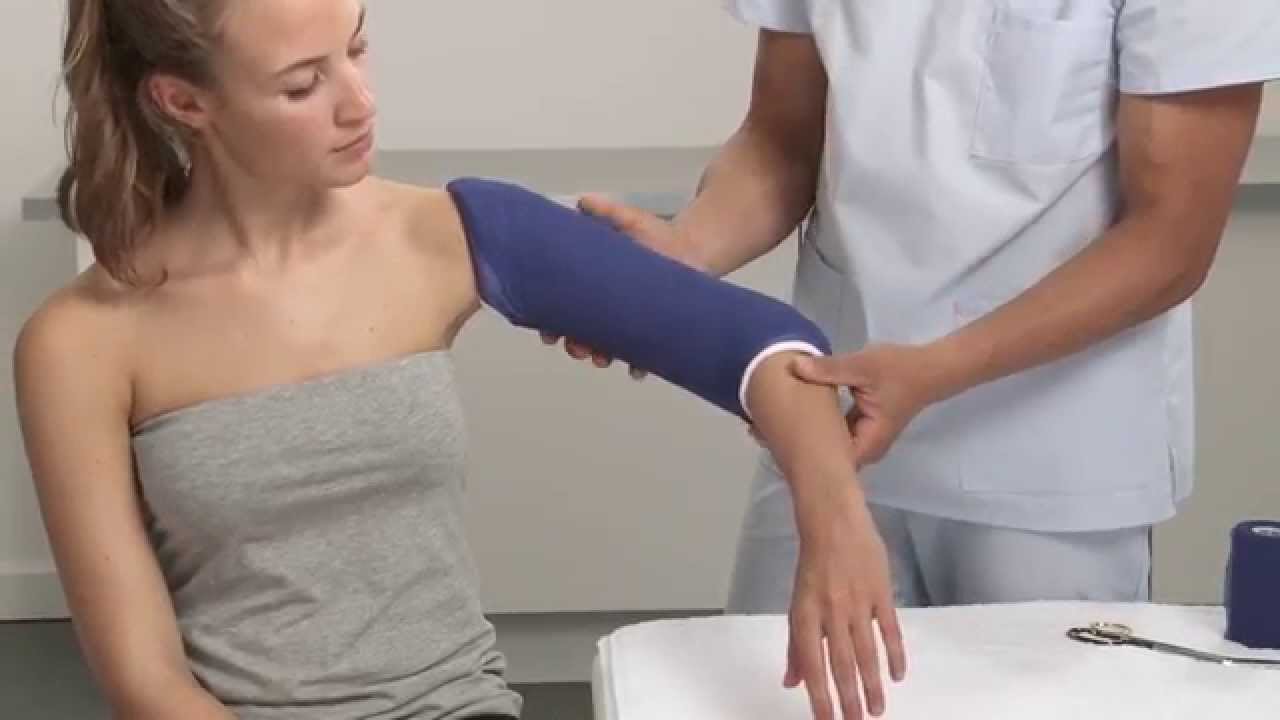Figure 1: (A) Transducer position and needle insertion to accomplish a transverse abdominal plane block. (B) Transducer position and needle insertion to accomplish iliohypogastric and ilioinguinal nerve blocks. (C) Transducer position and needle insertion to accomplish rectus sheath block. (D) Transducer position and needle insertion to accomplish a lateral femoral cutaneous nerve (LFCN) block.
Essentials
A – TRANSVERSUS ABDOMINIS PLANE (TAP)

Indications: postoperative analgesia for laparotomy, appendectomy, laparoscopic surgery, abdominoplasty, and cesarean delivery; as an alternative to epidural anesthesia for operations on the abdominal wall

Transducer position: transverse on the abdomen, at the anterior axillary line, between the costal margin and the iliac crest

Goal: local anesthetic spread between the transversus abdominis and internal oblique muscle planes

Local anesthetic: 20 – 30 mL of 0.25% ropivacaine per side (adults)
B – ILIOHYPOGASTRIC AND ILIOINGUINAL NERVE

Indications: anesthesia and postoperative analgesia for inguinal hernia repair and other inguinal surgery; analgesia following suprapubic incision

Transducer position: oblique on abdomen, on a line joining the anterior superior iliac spine (ASIS) with the umbilicus

Goal: local anesthetic spread between the transversus abdominis and internal oblique muscle planes, in the vicinity of the two nerves

Local anesthetic: 10 mL per side (adults); 0.15 mL/kg per side (children)
C – RECTUS SHEATH

Indications: postoperative analgesia for umbilical hernia repair and other umbilical surgery

Transducer position: transverse on abdomen, immediately lateral to umbilicus

Goal: local anesthetic spread between rectus muscle and posterior rectus sheath

Local anesthetic: 10 mL per side (adults); 0.1 mL/kg per side (children)
D – LATERAL FEMORAL CUTANEOUS NERVE

Indications: postoperative analgesia for hip surgery,meralgia paresthetica, and muscle biopsy of the proximal lateral thigh

Transducer position: transverse, immediately inferior to the anterior superior iliac spine (ASIS); the lateral edge of sartorius (SaM) muscle should be visualized with ultrasound (US)

Goal: Local anesthetic spread between the tensor fascia latae (TFL) and the sartorius muscle

Local anesthetic: 5-10 mL (adults)
PART 1: TRANSVERSUS ABDOMINIS PLANE BLOCK (TAP)
Source and detail of procedure is given at : http://www.nysora.com/techniques/ultrasound-guided-techniques/3253-truncal-and-cutaneous-blocks.html








